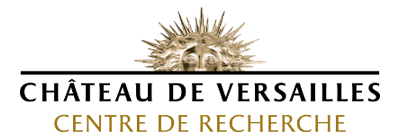
Ethnological enquiry (2003-2010)
The marble decorations of the Palace of Versailles, from quarry to building. The skills of the marble masons of the Montagne Noire (Minervois)


Enquiry directed by Marie-France Noël-Waldteufel, senior research officer at the Musée des civilisations de l’Europe et de la Méditerranée – MuCEM – and at the Centre de recherche du château de Versailles.
Marble from the Languedoc and the Pyrenees has been quarried since Roman times. Famous for the quality of the beds and the rich colours, the quarries in the Minervois and the Pyrenees supplied much of the marble used in the architectural decorations for the palace and park of Versailles. Although historical studies have been carried out on the exploitation of these quarries during the 17th and 18th centuries (see Pascal Julien, Sophie Mouquin, Geneviève Bresc-Bautier), the ethnological investigation focuses on listing and identifying the provenance of all the different marbles, and especially on understanding methods of extraction, techniques, tools available to quarry workers and marble sculptors, manual techniques and skills and how this knowledge was passed on.
Having visited the quarries in the Minervois (at Caunes and Félines, in particular) and the Pyrenees (at Saint-Béat, Campan and Sarrancolin), the CRCV/MuCEM team has already gathered some data, such as recorded interviews with local people and films on the sites of production.
In parallel with this investigation, two symposia on marble took place in Versailles, a first one in 2003 (Marbres de Rois) and a second one in 2007 (Les Wallons à Versailles).
Currently, the Research Centre is piloting a project for a topographic database to draw up an inventory of all the types of marble used for the architectural decoration in the park of Versailles and the Trianon that still exist today.





